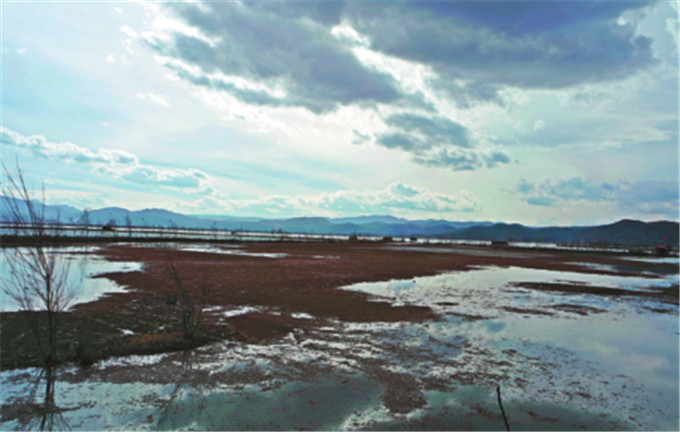Ancient allure survives in Lijiang, despite commercialization

Lijiang is an attractive destination away from the chaos of China's megacities, backed by pristine scenes of nature and the elegant beauty of ancient Chinese architecture.
A disastrous earthquake leveled the area in 1996. It was meticulously rebuilt with strict adherence to the original design, contributing to its UNESCO World Heritage listing in 1997.
Dayan City is now the poster town of this splendid old culture. The settlement has long been a cultural bastion of the Naxi ethnicity, who ruled the surrounding highlands for centuries under successive Chinese dynasties, peaking between the Ming (1368-1644) and the mid-Qing (1644-1911) reign.
Lijiang's old town comprises Dayan, and Shuhe and Baisha towns.
As with many renovated historical settlements in China, much of the area has become overtly commercial and lacks any real charm of the local culture.
However, the buildings, streets and traditional adornments are so gorgeously restored that it definitely warrants a visit from architecture and history buffs.
Lijiang has been featured in many movies and TV series. It was a destination for the Amazing Race series in 2011.
Much of the old town is dominated by the grand view of the Jade Dragon Snow Mountain, a perennially snowcapped giant that serves as a stunning backdrop for Dayan's traditional low-rise buildings.

Lashi Lake, a scenic wetland region traversed by traders of yore on the historical Tea and Horse Caravan Road. (China Daily Photo)
Adventurers can scale its snowy heights in the colder seasons. And visitors can enjoy the mass-choreographed Impressions of Lijiang performance created by Zhang Yimou, staged with the mountain as the backdrop during the warmer months.
Lijiang emerged as a bastion for bohemians in the 1990s, when a few local inns opened to host a growing trickle of artists and travelers. Today, it's a hub for big businesses vying for patronage from the millions of annual arrivals.
There are, however, pockets of charm unperturbed by rampant development.
The local morning market by Dayan's city wall remains rustic. It offers a chance to interact with friendly Naxi vendors, who sell an array of items, from local fruits and vegetables to traditional crafts and folk art.
The best way to appreciate the old towns is to visit at the crack of dawn before the tourists arrive in hordes.
Start in Dayan by following the waterways that flow through most parts of the town. Take your time to enjoy the details of the architecture and elements of Chinese culture they convey. These include the calligraphy and traditional paintings that are pasted on the doors and columns, and the stone engravings and woodcarvings that adorn the buildings' exteriors.
Visit the Mu Residence, the resplendent abode of the last tusi (Naxi ruler) of Lijiang, and finish at the Sanqing Hall.
The areas surrounding the old towns host natural wonders like Lashi Lake, which is a scenic wetland region traversed by the traders of yore on the historic Tea and Horse Caravan Road.
Sadly, this attraction is host to horse farms and tour operators, who entice tourists with jaunty photos of horseback riding and boat rowing that overpromise on what they deliver for the cost.
Like many splendid natural and cultural heritage sites, rampant commercial activities have hindered many travelers' quests for meaningful local experiences.
But Lijiang's pockets of authenticity, exceptional architecture and picturesque countryside make it well worth visiting, still.
(Cover: The Mu Residence, the resplendent abode of the last Naxi ruler of Lijiang. /China Daily Photo)
Editor: Wang Huan